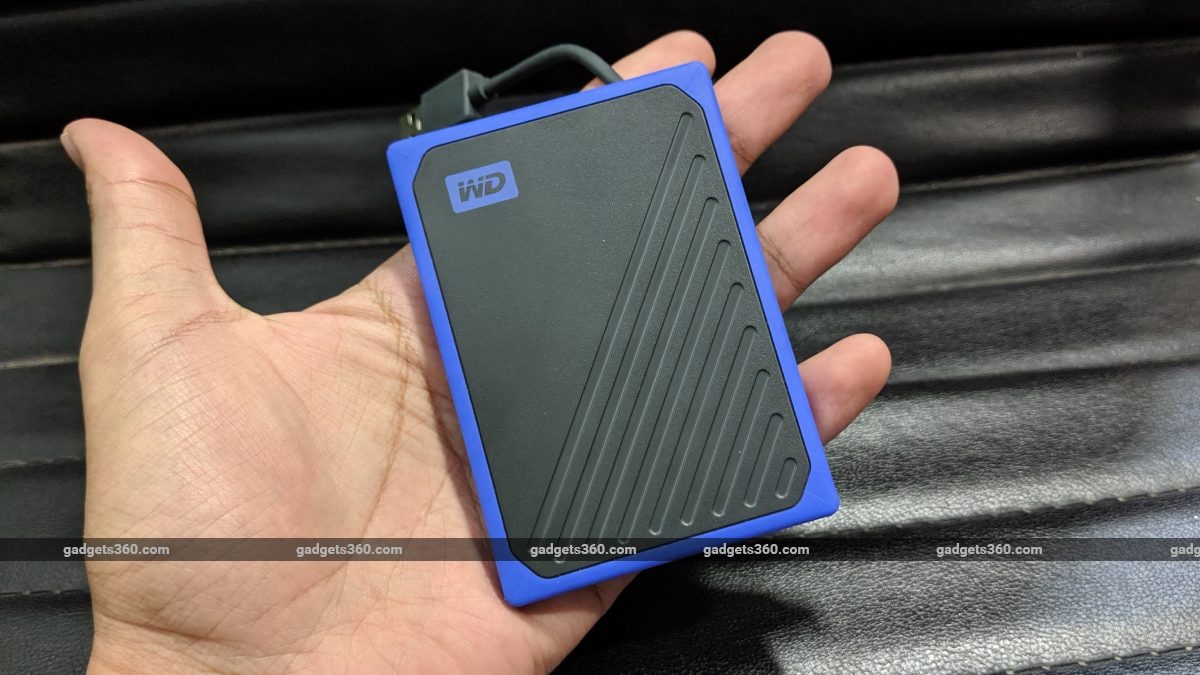

- #Should i format my ntfs external hard drive for mac full
- #Should i format my ntfs external hard drive for mac Pc
You can observe this behaviour on file properties screen on Windows, what is your file size and how much space this file actually covers on the disk. 384KB will be allocated in 3 units and remaining 116KB will be allocated in another unit. If your file’s size is 500KB and you have 128KB AUS, your file still be saved in 4 units in the disk because as mentioned above 128KB is the smallest size of an allocation unit. For example, if you have a file sized 512KB and you have 128KB allocation unit size, your file will be saved in 4 units in the disk (512KB/128KB). Your actual data will be separated to those units while saving to the disk. Credit due to original poster.ĪUS – Allocation Unit size – It is the smallest data block on the disk. As for the Allocation Unit Size, I’m comfortable with the 256 kilobytes size.
#Should i format my ntfs external hard drive for mac Pc
exFAT gives us the option to work on either a PC or a Mac and it may be a bit faster for us and the type of work we do. I’m doing this off a stop watch, manually clicking buttons, but from what I can tell, there wasn’t a difference between the two on typical projects we work on. The exFAT took 118 seconds to export the project, while the NTFS took…. I then exported an edited video file using both formats. The NTFS took 130 seconds to move them over while the exFAT was only 107 seconds.
#Should i format my ntfs external hard drive for mac full
I grabbed a 11.2 GB folder full of various video files and project files and copied it to the drive when it was formatted as NTFS and exFAT. There are read/write tests on the web that break all this down, the problem is that it doesn’t really answer my question for me, it basically says it all depends on the type of files being used (not to mention the people who contradict each other). There is no right size, there are tradeoffs, but for us, it works just fine.įor questions #2, I’ve always been concerned that I may be limiting my speed when I pick the exFAT format vs. It’s the default the computer picks for me and I’ve read several places where it was at least alluded to being a good size. So when I reformat to exFAT, I typically pick 256 kilobytes for the Allocation unit size. These aren’t the same!!! 1 kilobyte = 1000 bytes (or 1024 bytes depending on context). First, a lot of people confuse the default NTFS file size of 4096 bytes with the exFAT option of 4096 kilobytes. Now, the question I’ve always had was: 1) What allocation unit size should I pick for exFAT? and 2) Am I loosing read/write speed when I pick exFAT over NTFS?įor question #1, doing a Google search gives you some answers, but also leaves you with a lot of head scratching. To do this, we reformat all our drives to exFAT which allows us to read and write to the drives using either a PC or a Mac. It also means that they need to work on both PC’s and Mac’s. We’re constantly handing projects off to different people to work on different parts and that means these projects need to be mobile. Warning! Technical stuff ahead! We use a lot of external drives for media work and storage.


 0 kommentar(er)
0 kommentar(er)
